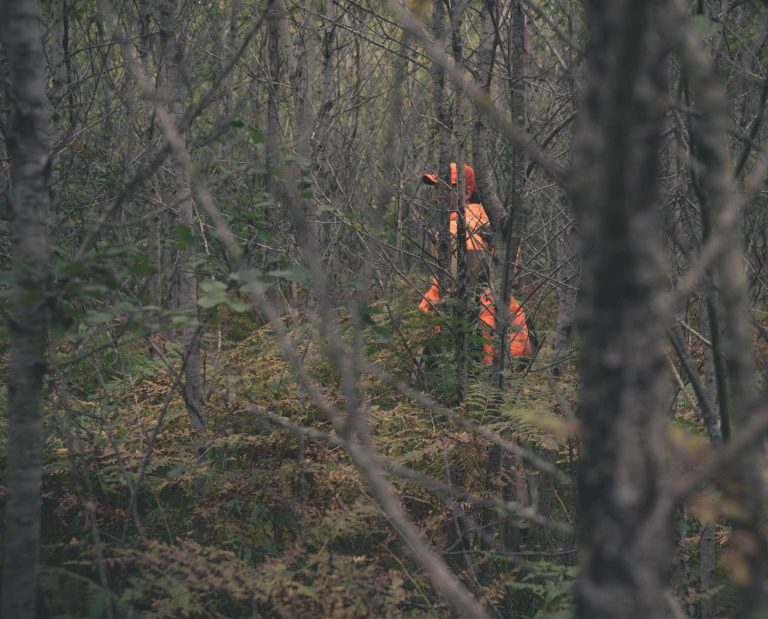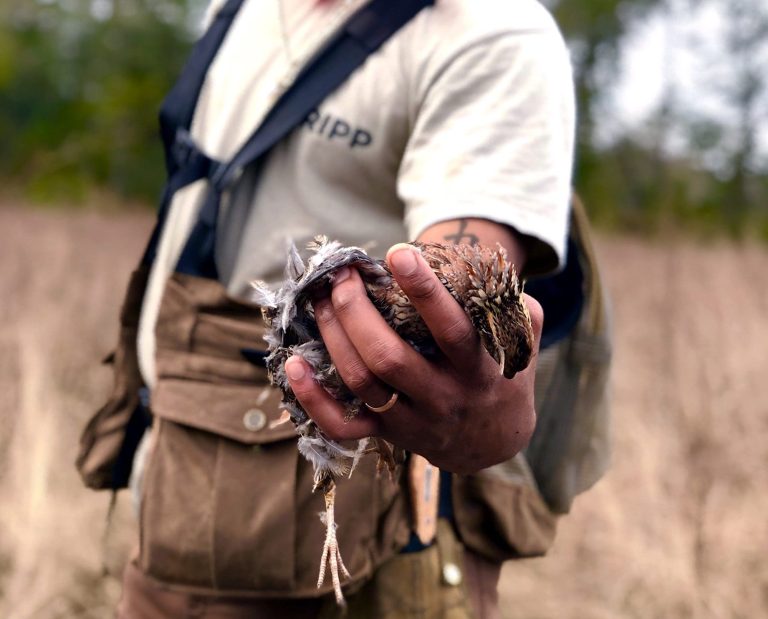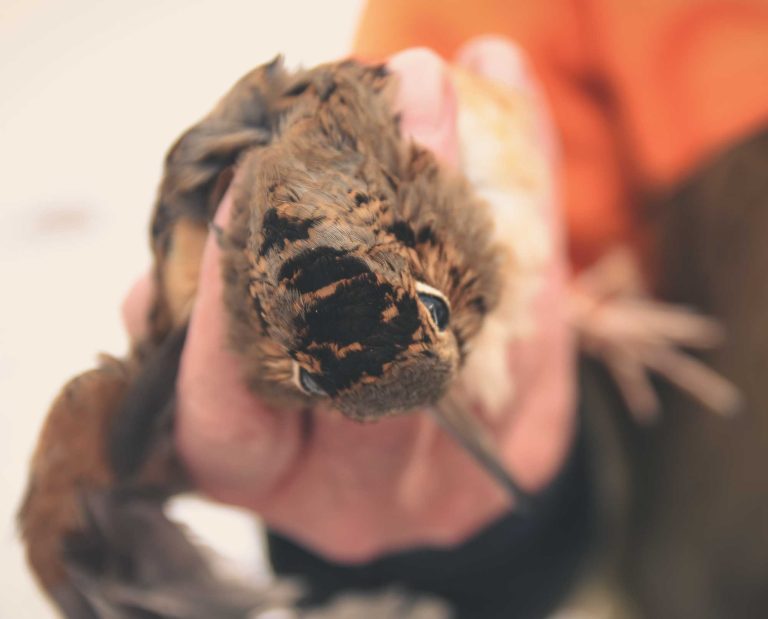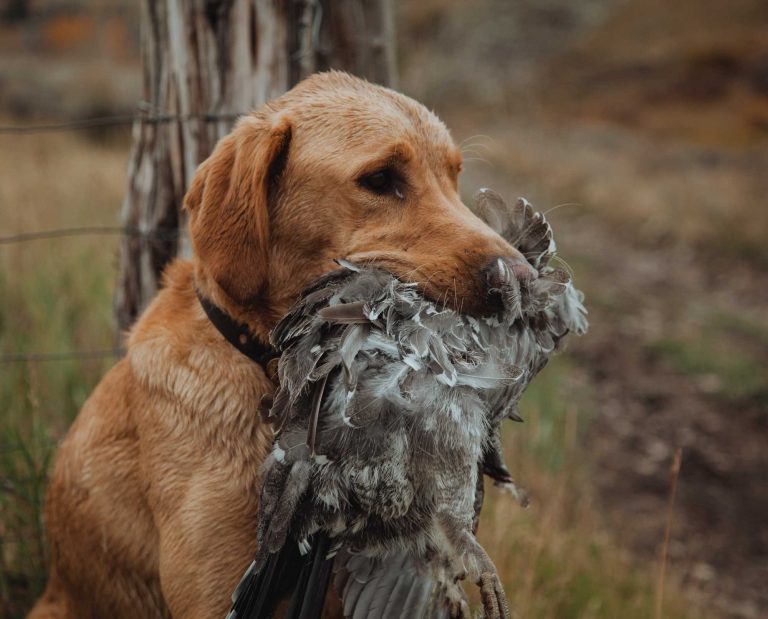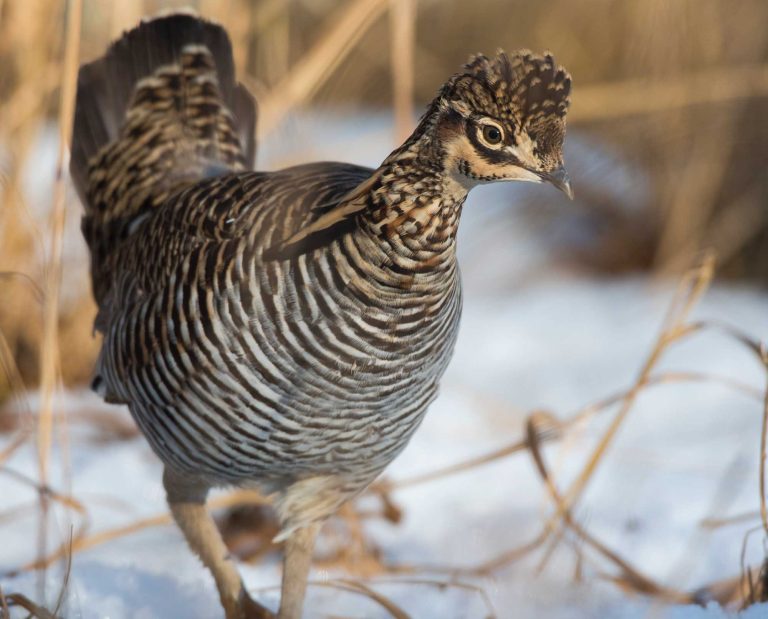Largest National Wildlife Refuge Expansion Proposal in Recent History Accepted by Interior Department
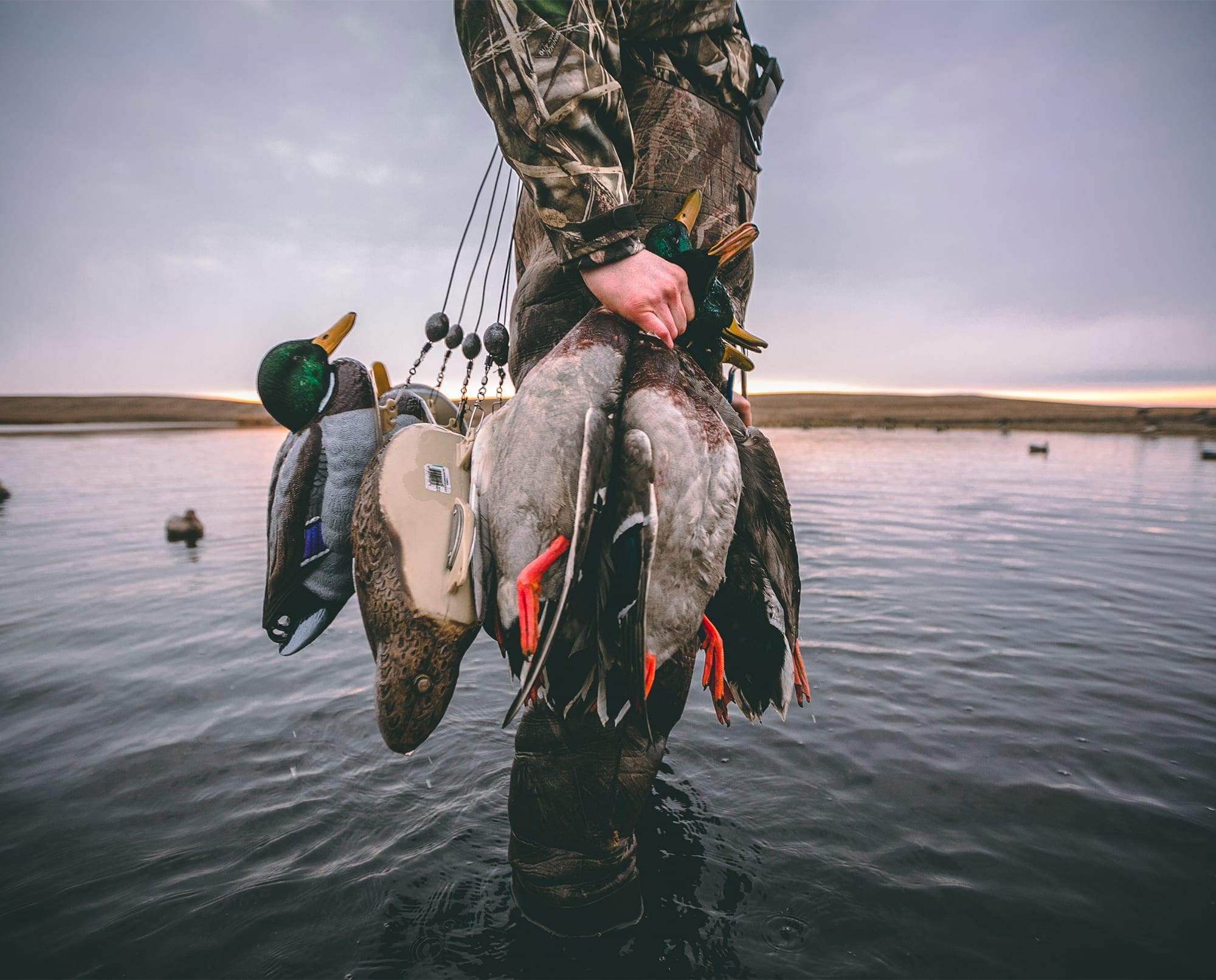
The plan expands refuges by 2.1M acres, open up new hunting opportunities for the first time, including upland game
WASHINGTON, D.C. – On Aug. 30, the Department of the Interior accepted a U.S. Fish and Wildlife Service bid to increase federal public lands by 2.1 million acres, stamping the largest expansion in recent history.
“Increasing access to outdoor recreation opportunities is essential to advancing the Administration’s commitment to the conservation stewardship of our public lands,” said Interior Secretary Deb Haaland in a release from the DOI. “Responsible hunting and fishing helps to promote healthy wildlife habitats while boosting local recreation economies.”
According to the DOI, this expansion encapsulates 910 hunting and fishing opportunities – the largest in USFWS history – and now offers these opportunities on 434 huntable and 378 National Wildlife Refuge units.
“Today’s announcement furthers a rich tradition of providing quality outdoor recreation experiences to the American people on our public lands,” USFWS Principal Deputy Director Martha Williams said in the same DOI release. “By expanding these opportunities, we are enhancing the lives of millions of Americans while stimulating the national economy to which hunting and fishing contribute significantly.”
To read more about the expansion and what wildlife and conservation professionals think, see the original story below.
Original story
The U.S. Fish and Wildlife Service has released a new proposal to expand hunting and sport fishing opportunities on 90 National Wildlife Refuges (NWRs) and one National Fish Hatchery, encompassing 2.1 million acres. It is the largest proposed expansion in United States history and adds to a list of expansions beginning in the George W. Bush Administration.
Though NWRs aren’t beacons for backcountry recreation opportunities, one of the biggest supporters of the expansion is Backcountry Hunters and Anglers (BHA).
“From BHA’s perspective, access to quality hunting and fishing opportunities is the single most important thing next to having high-quality habitat for robust populations of fish and wildlife,” BHA Conservation Director John Gale said. “They’ve been doing these expansion proposals across a couple of different administrations, Biden is the third, and it started under the Bush Administration but really gained traction during the Obama Administration and the Trump Administration kept it going, and now we’re seeing the largest expansion to date with the Biden Administration’s proposal. We see this as the perfect example of what we need to continue doing more of.
“Obviously, National Wildlife Refuges are refuges for fish and wildlife, so expanding hunting and fishing opportunities on refuge lands takes a more tailored approach to be successful, but as a management tool, hunting and fishing is indispensable in terms of generating revenue through things like excise taxes that hunters and anglers pay, or the duck stamp program, which enables any waterfowl hunter in our country to go out and enjoy waterfowl hunting.”
Many lands are being opened to certain hunting for the first time, too, including Texas’ Muleshoe and Niches River NWRs to migratory game birds, upland game, and big game, as well as Virginia’s Featherstone NWR for migratory game bird and fishing.
SUBSCRIBE to the AUDIO VERSION for FREE Google | Apple | Spotify
It’s ambiguous, but it’s not a land grab
The proposed expansion isn’t random by any means and was a released one day before Biden’s America the Beautiful Initiative, essentially the workhorse of the administration’s 30 by 30 plan to conserve 30 percent of the nation’s lands by 2030.
While bold, the 30 by 30 plan is ambivalent, bringing with it a mixed bag of feelings and speculation. A Washington Post report goes into this ambiguity, noting that it’s “partly by design,” citing the Natural Resources Defense Council’s Senior Policy Analyst, Ali Chase, who said, “I see it as a starting point that’s telling us this is the direction we want to go in, and this is how we want to do this work to ensure we’re going to get the best outcomes.”
Current data reported by the U.S. Geological Survey shows that roughly 12 percent of the nation’s land and 23 percent of its oceans are protected. Despite that, there are Americans in the west who are tired of federal intervention on public lands that they utilize for a living, and this plan’s ambiguity may imply more private land being taken by the government. Gale was quick to note that this won’t be the case.
“What I like about the Administration’s plan that was released is, it dispels the myth that this is just some sneaky land grab by the administration and they’re trying to carve up private lands, agricultural lands, working lands; just the opposite,” Gale said. “They specifically spelled out, ‘We need to think bigger than typical land conservation designations.’ This is going to require true partnership at a local level respecting private landowners, and working on voluntary incentives that reward private landowner participation, but also acknowledge, ‘Hey, a lot of us have been doing great things for conservation and stewardship of our natural resources already. Let’s double down on the great things that private landowners have been doing already.’
“There are great things happening with enrolled lands and ag space for the Conservation Reserve Program and other conservation titles within the Farm Bill. There are a number of working forests and private forests that are contributing significantly to carbon sequestration and provide great habitat for fish and wildlife. So, there is a lot to like about the plan, and this refuge expansion proposal meets a key component of that plan by helping, quite literally, secure new access for hunting and fishing. Public access for hunting and fishing was a key highlight in that report, so I see both the Fish and Wildlife Service proposal and the America the Beautiful plan as a commitment from the administration that they’re willing to stay true to their word, meet people where they’re at and make this truly collaborative with all stakeholders, and ensuring we’re thoughtful about how we go about it.”
New opportunities for a new group of hunters and anglers
Most important, NWRs provide key access for new and reactivated hunters. The process to gain access is simple: maps are available and, in areas open to hunting, there are populations of wildlife sustainable for the pressure NWRs get. This means success rates can be higher compared to a DIY public land hunt.
As Gale noted, these expansions are also key for hunters in urban areas, especially new hunters.
“It’s going to be critical for people like that,” Gale said. “People easing into it for the first time or brushing off the rust from years before if they abandoned hunting and fishing and are getting back into it, it’s a great way to have a hunting and fishing refresher course. There’s a proposal for a new expansion for the Florida Panther National Wildlife Refuge that is proposed specifically for turkey hunting and fishing. Things like turkey hunting and waterfowl hunting are great entry points to the idea of hunting; you can get out in the morning or afternoon, you don’t have to spend all day, you don’t need a lot of gear, and oftentimes these refuges are near urban areas where accessibility and transportation don’t pose as significant an obstacle to get into it.
“I personally have experienced what it’s like to have these kinds of refuge opportunities in your backyard, so to speak, and to add more of them and … create opportunities is a fantastic way for us to work on reconnecting people to nature but also specifically hunters and anglers: recruitment of new hunters and anglers, retaining ones that we already have, and then reactivating those that are interested in getting back into something that they previously enjoyed in life.”
A step forward for the North American Conservation Model
All in all, the expansion to Gale and BHA is another step toward advancing and bolstering the North American Conservation Model and mission.
“The restoration to valuing wild places and nature is imperative to connecting to people at a values-based level so that we inspire the next generation of stewards who are going to follow us. I don’t remember who said it, but I heard someone say one time, ‘It’s not ours, it’s just our turn.’ These are our shared lands and we have an opportunity to pass on this commitment to stewardship and model what stewardship means so the people that do follow us can pick up the mantle and do their part.”
Yet, for this proposal to go through and truly enhance the America the Beautiful plan, partisan politics needs to take a backseat and all stakeholders need to work together.
“This is not about exclusively designating lands as wilderness or monuments or anything like that,” Gale said. “In order to be successful, we have to look well beyond those traditional designations and look to collaboration with private landowners and people on the ground, and doing this in concert with state and local communities and not top-down. That part of the plan that was released is critical to highlight because a lot of what we’re spending time doing is turning the temperature with vitriolic members of Congress and other people that think the Biden Administration is trying some land grab.
“They love the land grab term, but there’s no such thing as a land grab here. This is all about collaborative conservation and working with people to do the right thing for the right reasons.”
The public comment period is currently open for 60 days, which began on May 4. Those who wish to comment can do so here: http://www.regulations.gov . The Docket Number is FWS-HQ-NWRS-2021-0027 and will have instructions for how to submit a comment. According to the USFWS, final changes are hoping to be made by the opening of the 2021-22 hunting seasons.



